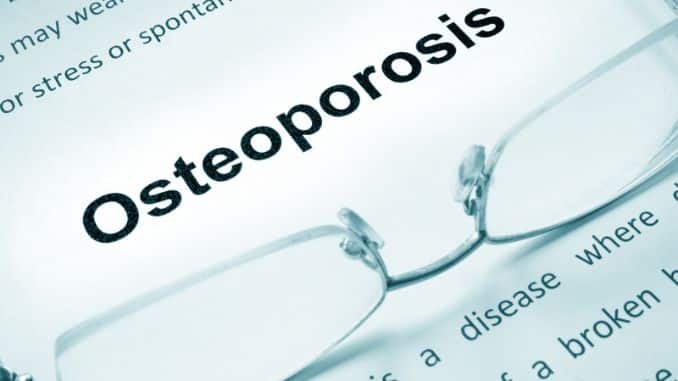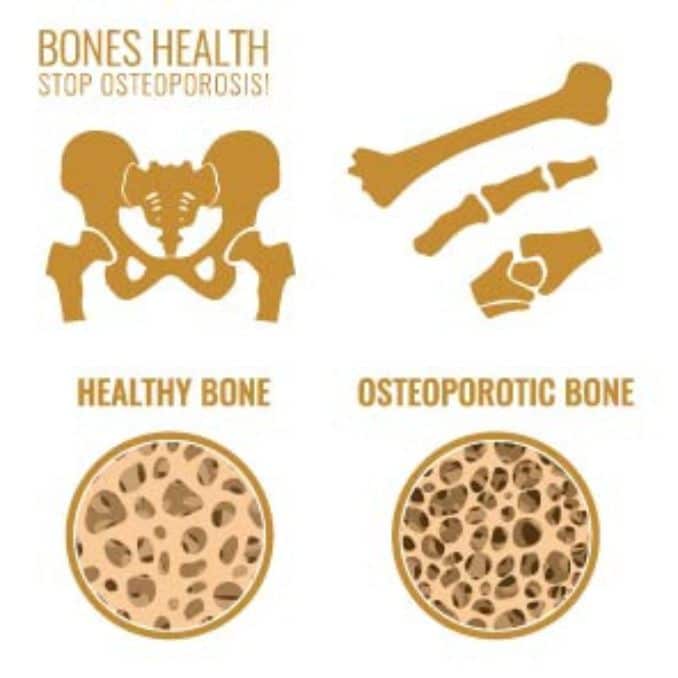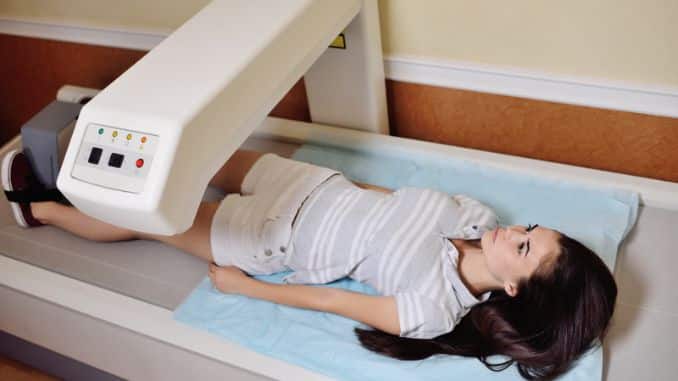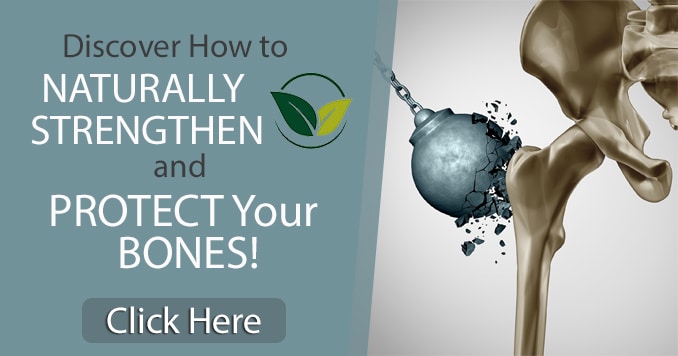
This article will help you to understand more about osteoporosis wrist exercises. Are you experiencing weakness in your grip? Or can you observe that your fingernails are also becoming brittle daily? If yes, then you might have early signs of osteoporosis.
What is Osteoporosis?
Osteoporosis is a medical condition that is characterized by weak thinning of bones. Bone loss that comes with this is often unseen unless a sudden break of bones or “fracture” happens – thus calling it – The Silent Disease.
How does Osteoporosis happen?
Bone typically provides our body structure. It is a connective tissue infused with calcium, bone cells, and other minerals. The body continuously breaks down old bone tissue and reforms new bone tissue in remodeling. This helps build a more substantial bone, promote growth, and repair damaged bone tissues. During our early 30s, we usually make more new bone tissues than we lose. However, at age 35, the breakdown of old bone tissue is quicker than the build-up of new ones, resulting in decreased bone mass. A typical bone appears like a honeycomb matrix, while an osteoporotic bone has larger holes or is more porous. If a low bone mass, also known as Osteopenia, continues, it will lead to Osteoporosis.
A lot of factors can affect one’s chance of developing osteoporosis – this includes:
- Sex: Women are more likely to develop osteoporosis than men. Estrogen, a female sex hormone responsible for developing and maintaining the female reproductive system & characteristics, is needed for healthy bones. It helps promote the activity of osteoblast (bone formation cell). However, during menopause, this hormone decreases, which leads to reduced bone density.
- Age: The older you get, the higher the risk. At the age of 35, the rate at which the breakdown of old bone tissue increases more than the buildup of new ones, resulting in decreased bone mass.
- Family history
- Hormone levels: increased thyroid hormones can cause bone loss
- Dietary Factors: low to no calcium intake
- Presence of other medical conditions: Celiac disease, inflammatory disease, kidney or liver disease, cancer, multiple myeloma, rheumatoid arthritis
- Lifestyle: increased alcohol consumption — two alcoholic drinks a day increase the risk of having osteoporosis
Signs and symptoms
The most common areas where osteoporotic fracture happens are the wrists, hips, and spine. However, it can also occur in other areas, such as the arm or pelvis.
Osteoporosis fractures in the forearm, especially in wrists, are more common than in the hips and the spine. Symptoms may include decreased grip strength, pain, swelling of the wrist/base of the thumb, and bending of the wrist at an unnatural angle.
Diagnosis
Frequently, osteoporosis cannot be seen or diagnosed unless trauma to the bone has occurred. However, if you have suspected osteoporosis, various tests can be done to confirm the condition.
- Bone Density Scan
Bone density scan is the most commonly used test. A bone density scan is a short, painless procedure that measures bone mineral density (BMD). Bone mineral density is the amount of bone tissue present in a segment of a bone.
The following test can be done to diagnose bone fractures due to osteoporosis:
- Bone X-ray: It uses a small dose of ionizing radiation to develop images of any bone. It is the fastest and most effortless test to determine bone fractures within the body.
- Computed Tomography (CT) Scan for Spine: It is a fast, painless, and noninvasive diagnostic imaging to diagnose spinal column injuries due to osteoporosis.
- Magnetic Resonance Imaging (MRI) for the Spine: It uses radio waves and a magnetic field to evaluate underlying fracture diseases such as osteoporosis and cancer.
How is Osteoporosis treated?
The goal of treatment for osteoporosis may focus on slowing or stopping bone loss or preventing fractures. Treatments may include exercise, lifestyle changes, vitamin and mineral supplements, and medications. While fall prevention, smoking cessation, reduction of alcohol intake, and bisphosphonate therapy may also be made to prevent fractures.
- Bisphosphonate: The most prescribed medication for osteoporosis is bisphosphonates. These help slow down bone loss, thus reducing the risk of fractures. It can be taken orally (by mouth), intravenous infusion (through a drip), or injection.
Exercises
Regular physical activity like osteoporosis wrist exercises can help in protecting bones. Here are some of the benefits of exercising:
- Increase muscle strength
- Improve balance
- Decrease the risk of bone fracture
- Maintain or improve posture
- Decrease pain
- Increased mobility or range of motion
- Bone loss reduction
You were working and exercising your muscles matters just as much as building up bone. It can slow the process of bone loss that happens with osteoporosis and may help prevent fractures. However, only some exercise plans work for everyone with osteoporosis. Factors like fracture risk, muscle strength, range of motion, level of physical activity, and balance should be considered to develop the most appropriate plan for each case. You should always consult your doctor and physical therapist to plan a safe exercise routine.
Meanwhile, here are some of the recommended wrist exercises for people with osteoporosis:
- Weight-bearing Exercises such as dancing, jogging, hiking, jumping rope
- Muscle-Strengthening Exercises such as push-ups, squats, and equipment like elastic exercise bands, free weights, and weight machines can be used.
- Non-Impact Exercises such as Tai Chi
You can read this article for more information about Bone health:
What You Need for Healthy Bones
Osteoporotic Wrists
A lot of people know osteoporosis usually happens in the hips and spine. However, that isn’t the case. Osteoporosis in the forearm is more common than in the hip or spine. The forearm, specifically the wrist, is more susceptible to fractures.
Osteoporosis Wrist Strengthening Exercises
1. Lateral Wrist Exercise
These osteoporosis wrist exercises target the wrist extensors and flexors. In doing so, the practice helps to restore movement in your wrist while also improving the flexibility of the wrist muscles.
- Begin standing with your arms in front of you, palms facing down.
- Bend your wrists forward and backward until you feel a light, pain-free stretch.
- Repeat 10 times on each arm.
- Do 3 sets of 10 repetitions.
Alternatively, seated with your forearm supported by a table, you can also do this osteoporosis wrist exercise. Your wrists and fingers should hang over the edge (you can also put a rolled-up towel for padding underneath your forearm). Then bend your wrists forward and backward, as in the picture above.
Advanced: you can also add a 1- or 2-lbs—Dumbbell for extra resistance (and benefit to your forearm).
2. Seated Wrist Curl with Dumbbell
This seated wrist curl helps to develop your flexor muscles: Wrist flexors, supinators, pronators, and brachialis.
Start light with this exercise! Do not use heavy weights if you are beginning or have a wrist injury. Wear a wrist wrap if you need support.
- In a seated position on a stability ball or chair, place your forearm on your thigh with your palm facing upward.
- Using a 1- 5 lb hand weight (the weight should be just enough, so you feel fatigued at the end of your set), flex your wrist upward.
- Focus on keeping your forearm well placed against your thigh for stability. You can also use your opposite hand and thigh as pictured.
- Do 3 sets of 10 repetitions.
While in between sets for your seated wrist curl, you can add the seated wrist reverse curls. This will target your extensor muscles.
- Start in the same seated position with your forearm on your thigh. But this time, your palm will face downward.
- Using your weight, extend your wrist upward fully.
- Do 3 sets of 10 repetitions.
Progression: Once these exercises are no longer a challenge, increase the weight by 1 pound and add an extra set too.
3. Tennis Ball Grip Strength
The Tennis Ball Grip Strength targets your wrist flexors and extensors.
- Grasp the tennis ball in one hand while sitting or standing.
- Slowly squeeze it as hard as possible, and hold for 2-3 seconds.
- Slowly release your squeeze.
- Rest for 3 seconds and then repeat 10 times.
- Switch hands and repeat steps 1-4 above.
- Repeat twice on each hand (for 3 sets in total for each hand).
Progression: Once this exercise is no longer a challenge, add an extra set and increase your squeeze time by 1-2 seconds.
Takeaway
Osteoporosis that leads to fractures can seriously affect our way of life. Fractures take longer to heal and could lead to complications like a poor alignment of the bone, infection, nerve damage, compartment syndrome, fat embolism, and more.
Fortunately, although bone loss is natural upon aging, — with proper diet and exercise — early prevention can slow the process.
It is always best to consult a doctor if you think you’re at risk or already have osteoporosis. They can create an appropriate treatment plan to prove your bone health, prevent fractures and reduce the risk of other complications.



